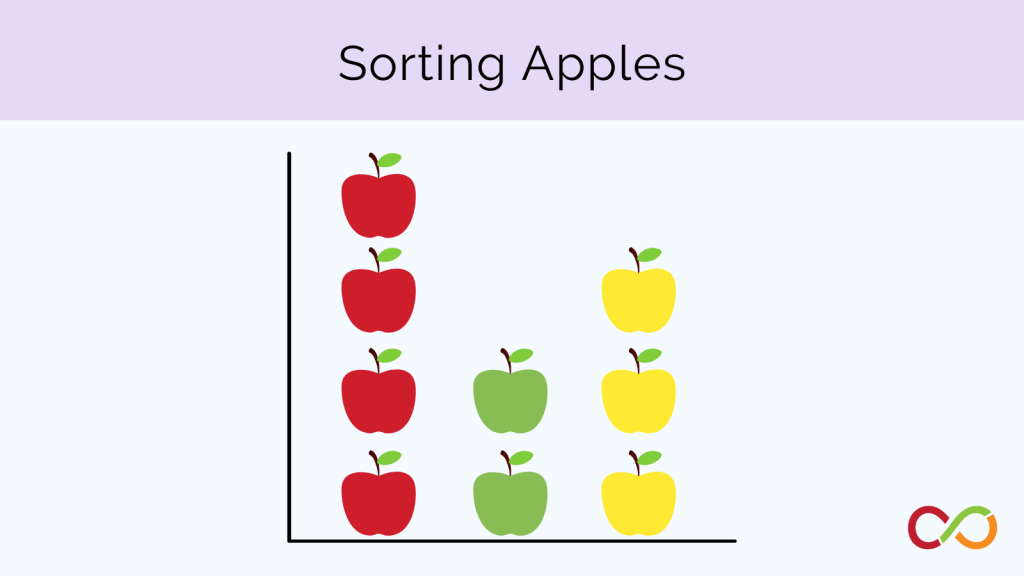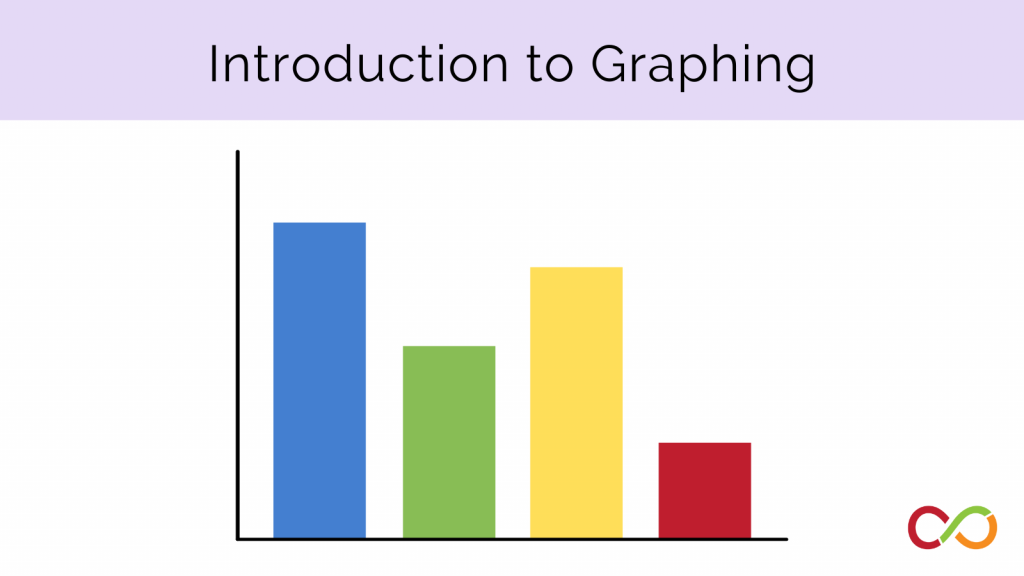Using Names to Explore Graphing
Early Years (Age 3 – 6)
Curriculum Goal
Kindergarten: Demonstrating Literacy and Mathematics Behaviour
- Demonstrate literacy behaviours that enable beginning readers to make sense of a variety of texts (#9).
- Demonstrate an understanding of numbers, using concrete materials to explore and investigate counting, quantity, and number relationships (#15).
- Collect, organize, display, and interpret data to solve problems and to communicate information, and explore the concept of probability in everyday contexts (#19).
Context
- Teacher works with groups of 8 to 10 children.
- This activity will be done at the carpet and at tables.
Materials
- A strip of paper with the outline of the letters in each student’s name
- The letters of each students’ name cut-out and paper-clipped to the strip of paper
- Glue sticks
- Number cards – the numbers one to 10 written on separate cards
Lesson
- Discuss the idea that each person’s name is a puzzle, use your own name as an example matching the cut out letters to your strip of paper.
- Hand out the strips of paper, letters and glue sticks, have the children make their “name puzzle” at a table.
- Once all children have made a name puzzle, gather on the carpet and ask students to count how many letters are in their name.
- Pull out cards with numbers on them on.
- Hold up a number card and ask whether that number represents the number of letters in any of the students’ names.
- When the number corresponding to their name is called, invite the student(s) to put their “name puzzle” on the floor under the number card with the appropriate number.
- This will create a graph on the floor.
- Analyze the graph by asking: “What number has the most names under it?” and “What about the least number of names?”
- Ask about observations, “How many students have 8 letters in their name?”
- Post the graph in the classroom and refer to it when appropriate.
Look Fors
- Does the student recognize their own name when held up?
- Do the students recognize the letters in their names and their sounds?
- What order does the student glue the letters on?
- Are the students counting accurately?
- How do the students observe the graph? Do they see which group has the greatest number of people? The least number?
Extension
- This activity can be paired with the Sorting Apples lesson for an exploration of graphs.
Share this lesson
Share on facebook
Share on twitter
Share on email


